In a conversation hosted by the Royal Botanical Gardens, a pair of connectivity experts share their thoughts on what rewilding means, the tricks to finding common ground with partners and how taking action can help mitigate climate grief.
We’re always interested to hear what smart people have to say about rewilding and how everyone can get involved. That’s why earlier this year, we attended a panel discussion hosted by the Royal Botanical Gardens in Hamilton, Ont., Canada.
Dr. Aerin Jacob, who has since taken on a new role at the Nature Conservancy of Canada, spoke on behalf of the Yellowstone to Yukon Conservation Initiative, which is working to protect and connect core habitats along a 3,400-kilometre stretch of the U.S. and Canada “so people and nature can thrive.” And Dr. David Galbraith, head of science at the Royal Botanical Gardens, spoke about the Cootes to Escarpment EcoPark System, a collaborative effort to protect, connect and restore natural habitat in the Hamilton area, at the western tip of Lake Ontario.
After the speakers chatted about their projects, the event shifted into a Q&A hosted by Roaa Abdalla, an alumna of the Young Environmental Science Alliance run by the Gardens. Here, we share some of the discussion, which has been condensed and edited for clarity.
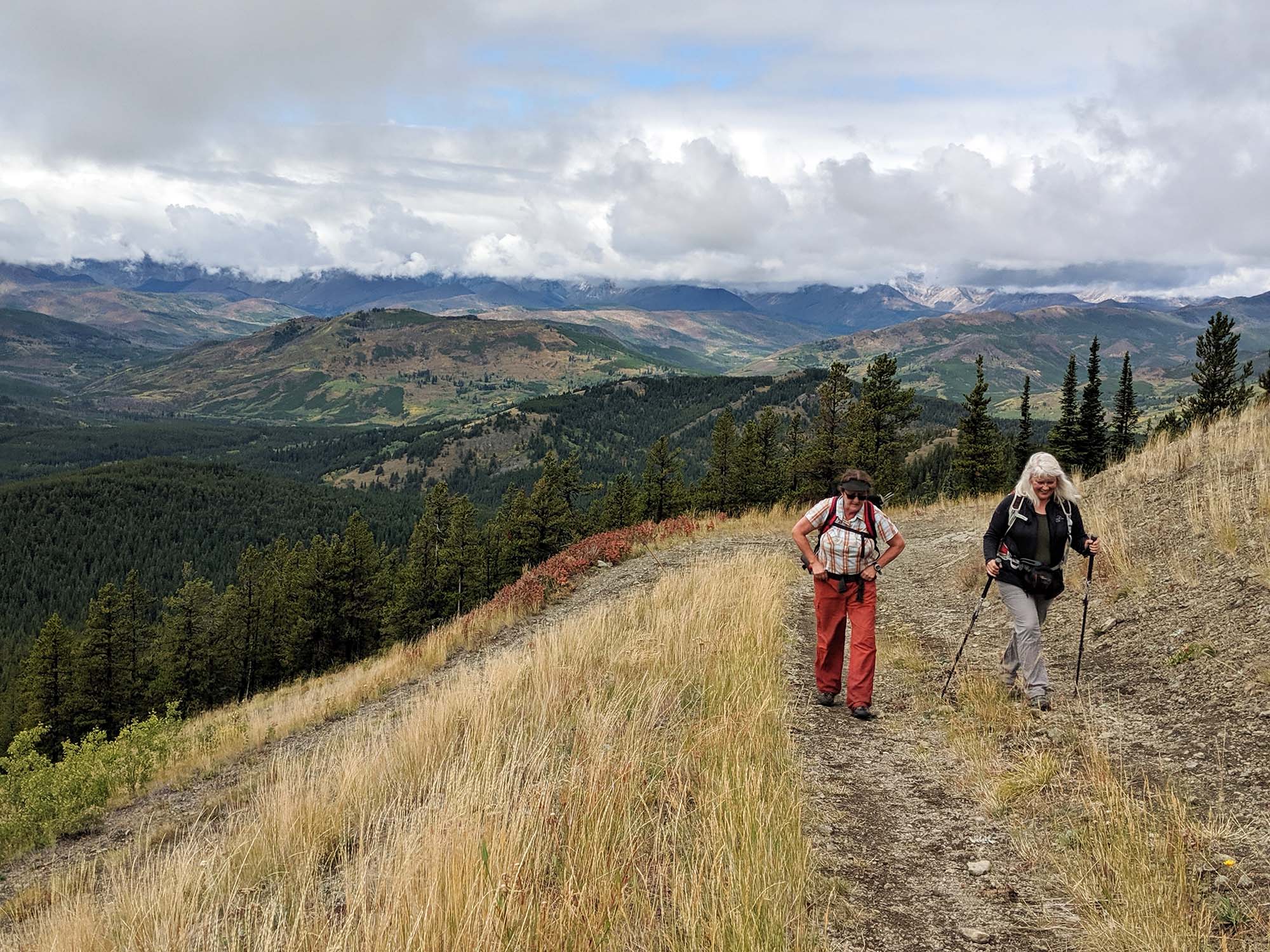
Roaa Abdalla: What does the term “rewilding” mean to you and your organizations?
Dr. Aerin Jacob: At Yellowstone to Yukon we think about rewilding with four key elements, the four C’s.
One is the importance of keeping carnivores in landscapes, especially the biggest apex predators, because they’re such an important structuring force for ecosystems. You move top predators, and a lot of really funky things happen in the food web. It’s not easy, and it has implications for people, so we need to be cautious about how we do it, and make sure people aren't surprised when all of a sudden, there are wolves on your ranch and you haven't had to deal with that for 150 years.
We also think about core habitat, keeping these blocks of land that usually – but not always – get more important the bigger they are.
The third C is corridors. Key routes that help link together the landscape are really important.
And the fourth one is climate resilience. The present and certainly the future are not going to be like the past, so we have to think about conservation in that respect.
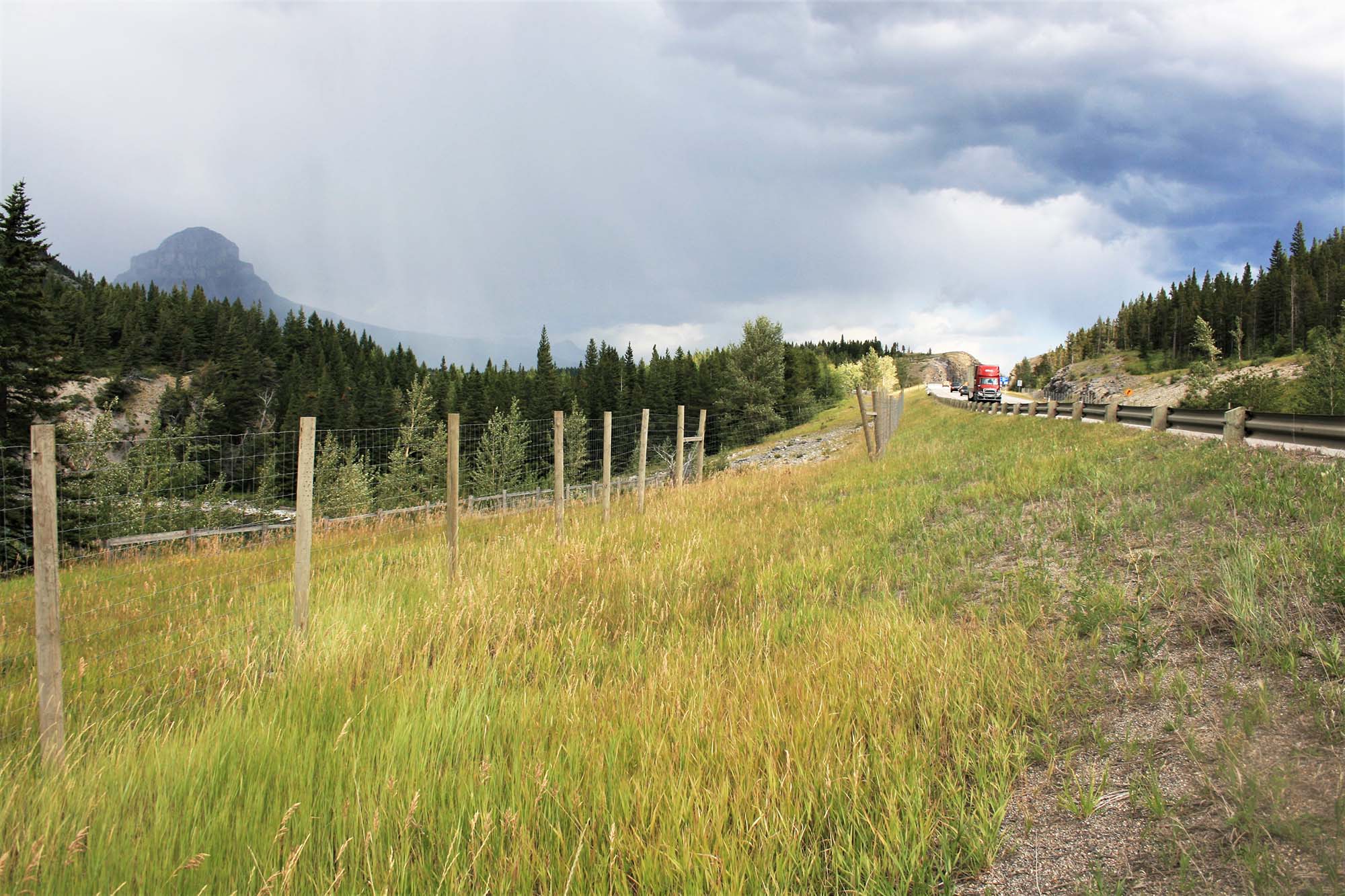
Dr. David Galbraith: I can only answer personally, because it's not a conversation we've had around the EcoPark System table.
But I will reflect on what Aerin was saying. Maybe the softer of the options, which is reconnection. Western society tends to function by breaking up the landscape into small little blocks, and then individuals or organizations exchange blocks with money and legal manoeuvring and so on. That's fine, and it’s helped us do a lot and avoid a lot of conflicts – it's a behavioural conflict avoidance mechanism for our species.
But at the same time, every other species has a hard time. And so for me, rewilding is looking at how we do things and making reasonable accommodations in our practices so that other species can survive and maybe re-enter some of the landscapes from which they've been excluded.
So I love the term “rewilding.” It's provocative, but it's asking how we can manage landscapes and the land in a way that is welcoming and more suitable for “the wild” to return.
We've pushed so much away. If we want these other species around us to survive into the future, if we want to see the Blanding’s turtles and the grizzly bears, we're going to have to think about this.
Zoos are great, but I want these animals on the landscape. I want them living alive and free and doing their thing as part of an ecosystem. And that doesn't work if all they have are isolated islands in the middle of asphalt seas. We have to work on the bridges between these patches and make the space between them a little more accommodating.
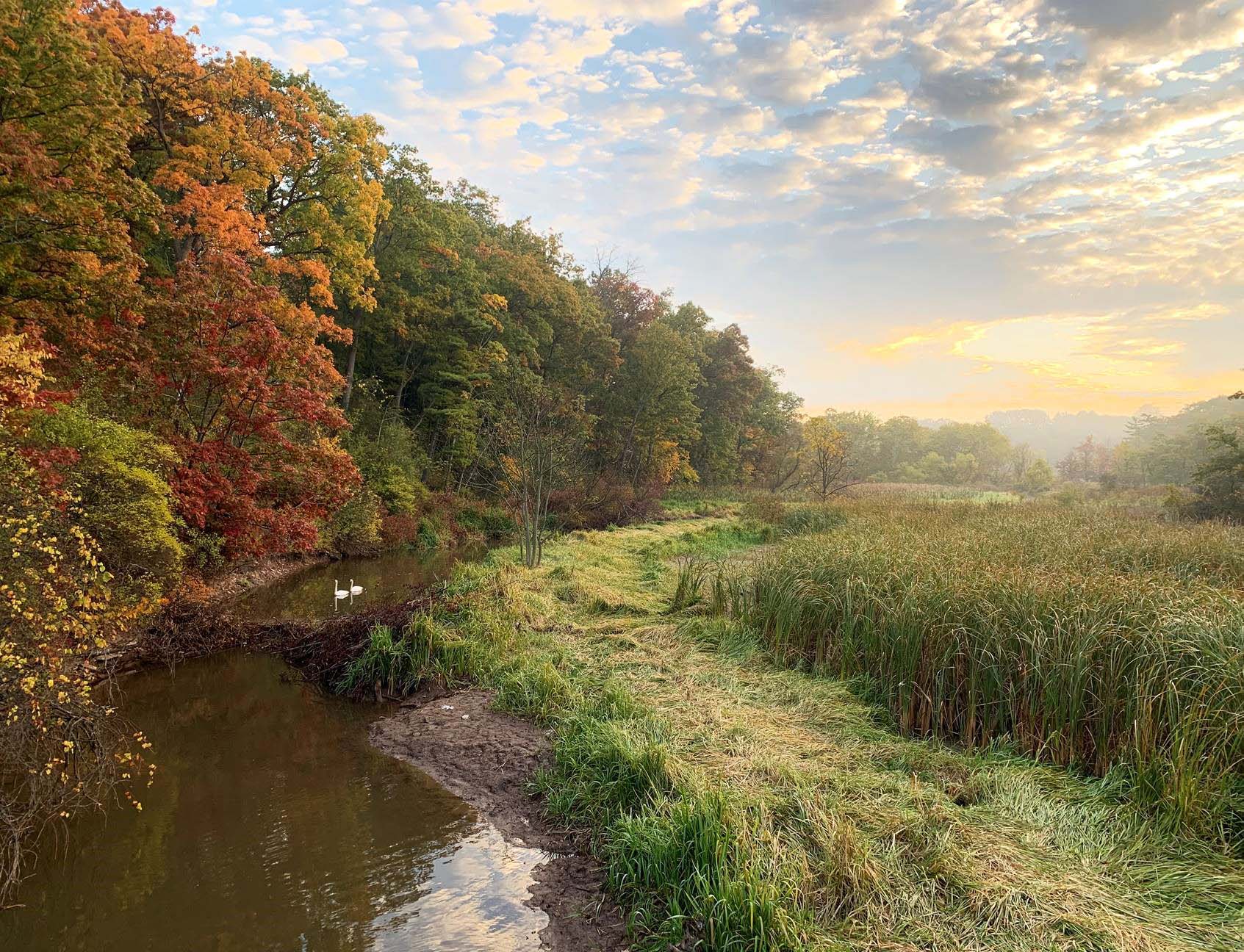
Roaa Abdalla: You work with so many different organizations of different sizes and scopes, as well as community groups. What are some of these organizations, and what are the commonalities among all these partnerships?
Dr. Aerin Jacob: One of the things about working with partners is it shows that people care deeply about these places, and have an attachment and a vested interest in their future. It doesn't mean that people always agree on what that future should look like. Collaboration can sound great, partnership can sound great; it can be really hard. You need to go into it with an attitude of, “We will find common ground – what will that common ground be?” It might not look the same every time. And you need to ensure that different voices are represented. If you go in as the most powerful person in the room and don't make space for others, you'll come out and be like, oh, everybody agreed with me, because you didn't make space for anybody to disagree.
We work with many different partners: other nonprofit organizations, international NGOs, land trust organizations, governments in both countries and, increasingly, Indigenous governments. Y2Y has always worked with Indigenous people in different ways, but especially in the last few years that's really transformed. Some of those projects include caribou conservation in northern British Columbia. This week we were celebrating landmark research that shows that Indigenous-led conservation of caribou is working. And it's because multiple groups are working together and doing what science and Indigenous knowledge says should be done.
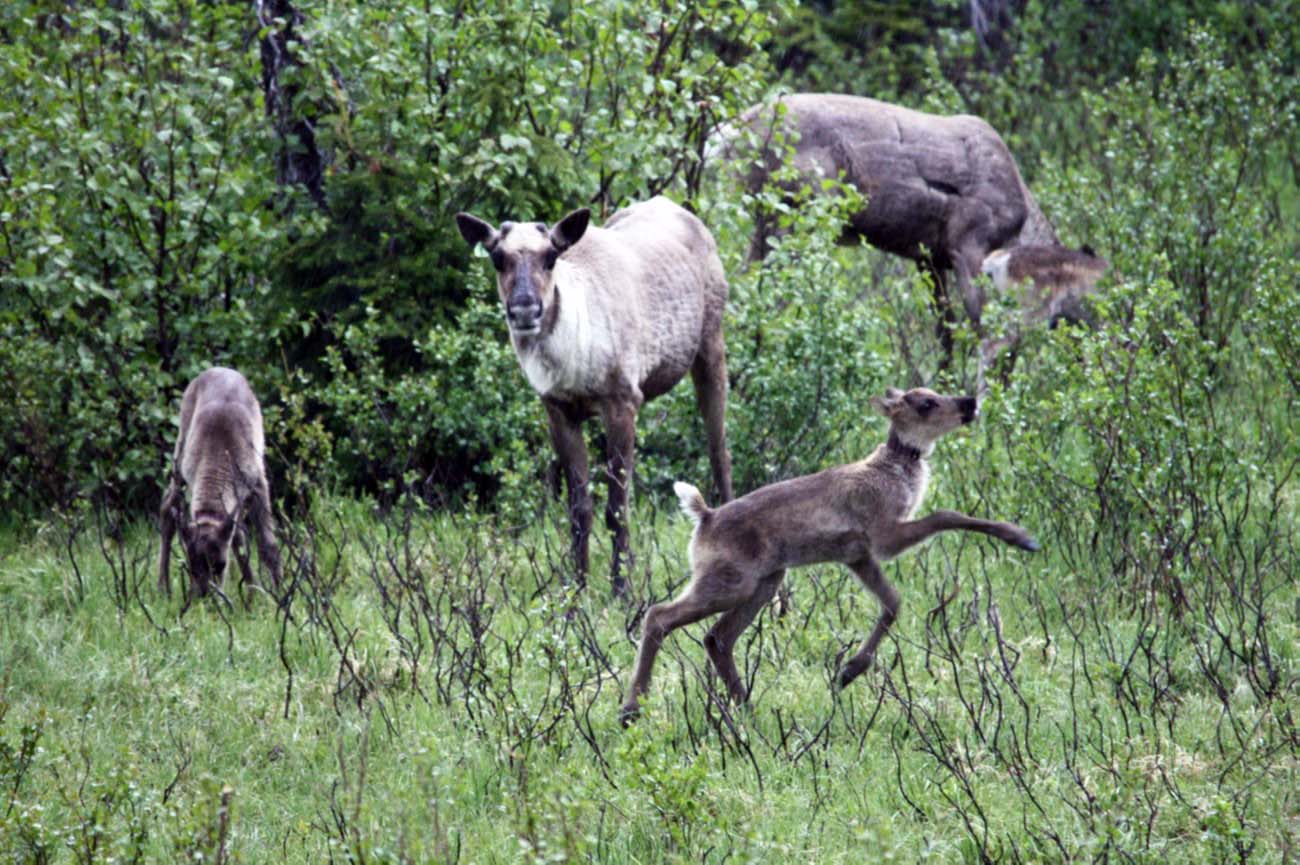
We also work with landowners. They care a lot about the change they're seeing in these landscapes. Where I live, in southern Alberta, change is happening fast. People are concerned about water, concerned about development, and they want their kids or grandchildren to be able to ranch the way that they did. So it's voluntary agreements with landowners to make sure wildlife can move across their property. They'll still be able to ranch and farm into the future but it won't be able to be sold and developed into subdivisions. So, many partners. It's fun. It feels good.
Roaa Abdalla: Sounds amazing. And David, what about you?
Dr. David Galbraith: We have a smaller number of partners, but some fantastic ones. There's the group of organizations themselves that make up the Cootes to Escarpment EcoPark System. To be a part of the system formally, you have to be a government agency or a not-for-profit organization that owns land right here. But we've had a lot of great contact and support with others.
We work a lot with the Greenbelt Foundation, which has set up an initiative called the Southern Ontario Nature Coalition – SONC. SONC has a broad range of participating agencies. Ontario Nature is in it. There are farmland trusts in it. There's agencies involved in parks and Ontario conservation authorities. What they're trying to make people aware of is that we have big cities that are fusing and growing, but this is the same space in which there are a large number of important protected areas, species at risk, wildlife ecosystem services – things people depend on to make their lives richer and more fun too. And so the Southern Ontario Nature Coalition is looking at how we can get folks to look at protecting the landscape, even in an urban or peri-urban area.
There is such a great interest in nature here. Being part of this alliance gives us a chance to keep saying, “Yes, we're urban, there's roads here, but can we make room for the turtles? Is there some way of doing this differently? Is there something you can do in your backyard, like get a rain garden or a pollinator garden and give us more of those stepping stones?”
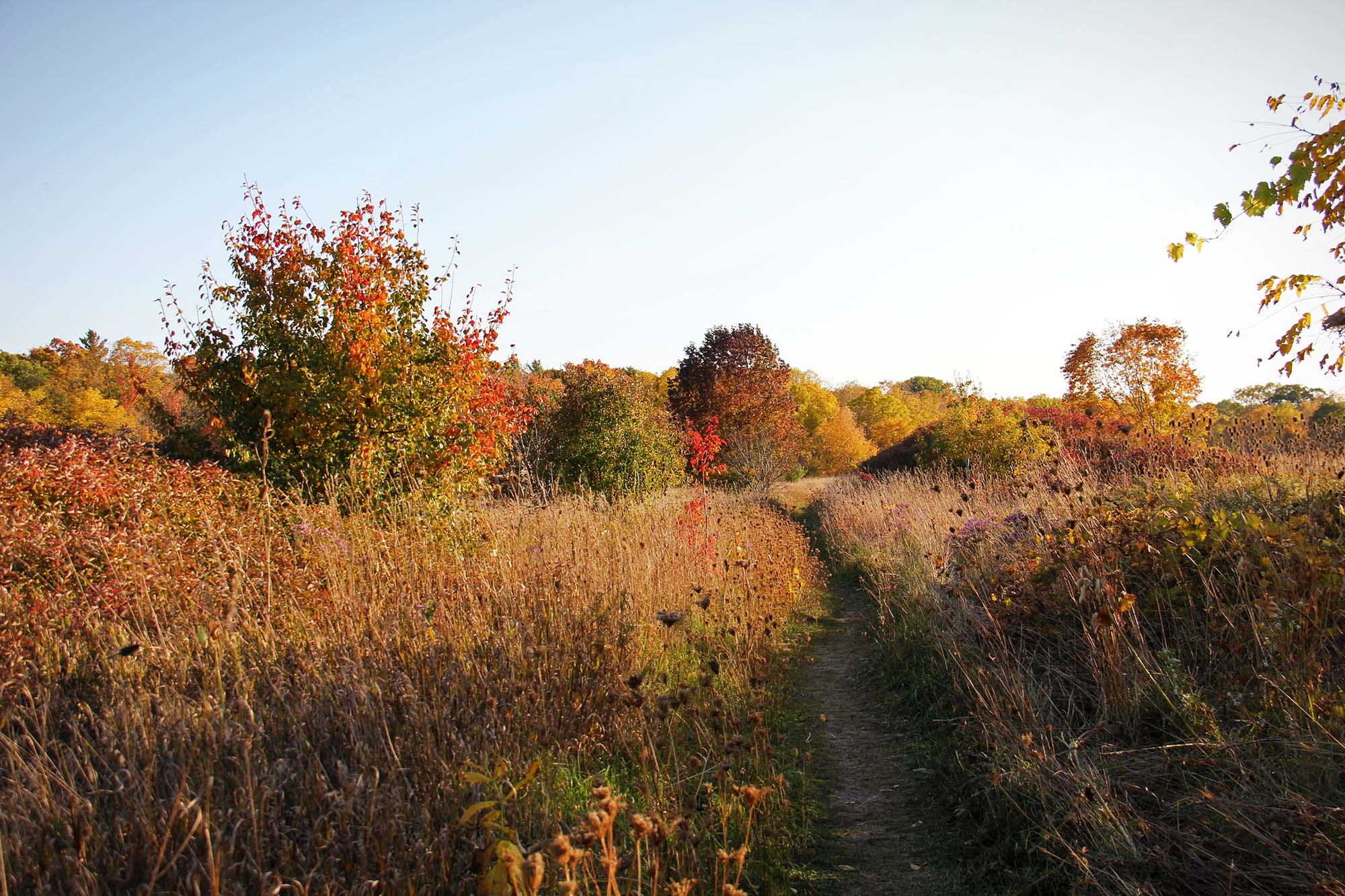
Roaa Abdalla: I’m curious about connections that you have made with Indigenous people in your efforts. How has your work overlapped with Indigenous communities or organizations?
Dr. David Galbraith: I don't have nearly as much to report on this as Aerin may, in part because of our specific context. We're an urban area. We don't have Indigenous communities within the area that we're working that are actively managing the land at this time. It's a place we'd love to get to, but it hasn't happened since colonization in this area.
Dr. Aerin Jacob: I was just going through the Yellowstone to Yukon region in my head from the south to the north, which is how I think about it. It's like a geographic Rolodex.
In the States, we work with the Nez Perce Tribe on a cool new project that's called Camas to Condors. At the heart of it is food: culturally important foods that are on the landscape and that people either have harvested or want to harvest again, and understanding how that intersects with important habitat for wildlife and connectivity across large landscapes.
Another example, in Alberta, is internal work. We're not talking about it externally yet, because you’ve got to do your homework and go at the pace of trust. We have a number of Indigenous advisors who help guide our work and we have conversations about really understanding the values and the vision for Indigenous groups, and how that aligns with our priorities.
When you get overlapping areas of interest, that's when the magic happens. That's when we can support some of the things that they're doing and vice versa. In those cases, for instance, we fund a lot of small projects, or things like making brochures that talk about culturally important species. We did that recently with the Blackfoot Nation in southern Alberta, and on some signage around the Big Horn Reserve in west central Alberta, beside Banff National Park and close to Red Deer.
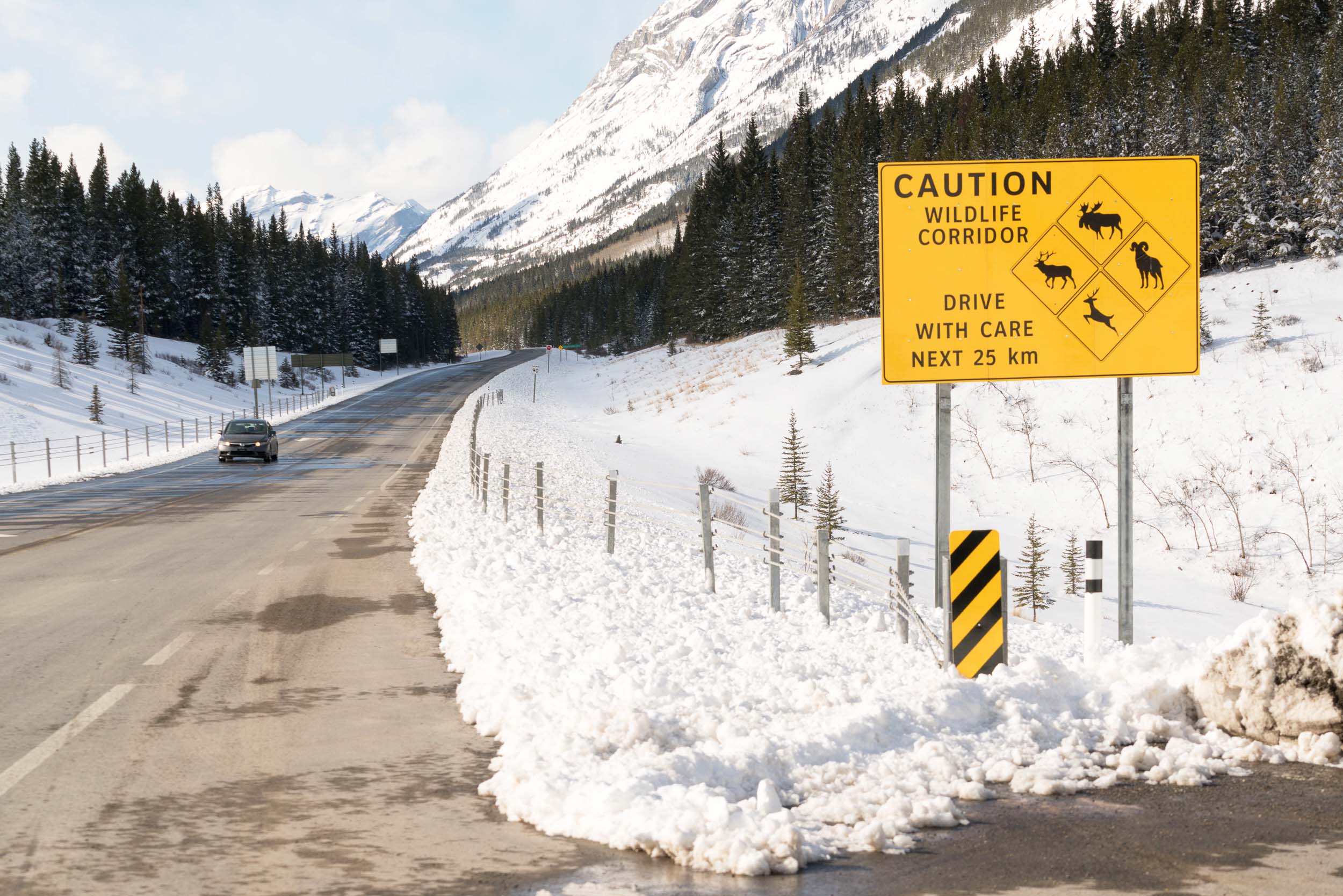
And then in the north, we are supporting a super cool project that's pretty new, about connectivity across the Mackenzie Mountains, from the western Northwest Territories to the Yukon. The Mackenzie Mountains are these wild and rugged places that are amazing, and what brings people together there is largely an interest in mountain caribou. We're in the early stages of supporting that work, which is a vision for an Indigenous protected and conserved area or an IPCA. There's so much good stuff happening.
Roaa Abdalla: I want to shift toward talking about climate and extinction grief. With each passing day we learn more and more about the ways the climate is changing and about mass extinctions. It's easy to fall into this pit of despair about the climate. What advice would you have for anyone who's experiencing this kind of grief?
Dr. Aerin Jacob: It's an important question and it's one that is coming up over and over again. The first thing I would suggest is talk to some young people you know. You might be surprised to hear the number of people who are thinking about this. Not everybody is, but a lot are, and the depths of some of that is profound.
I would also say to honour it. These feelings are real. They are scary for a lot of people and it affects many, many aspects of their lives. I feel these things sometimes. It would be hard to be a scientist at the forefront of some of this knowledge and not to feel it. It is normal.
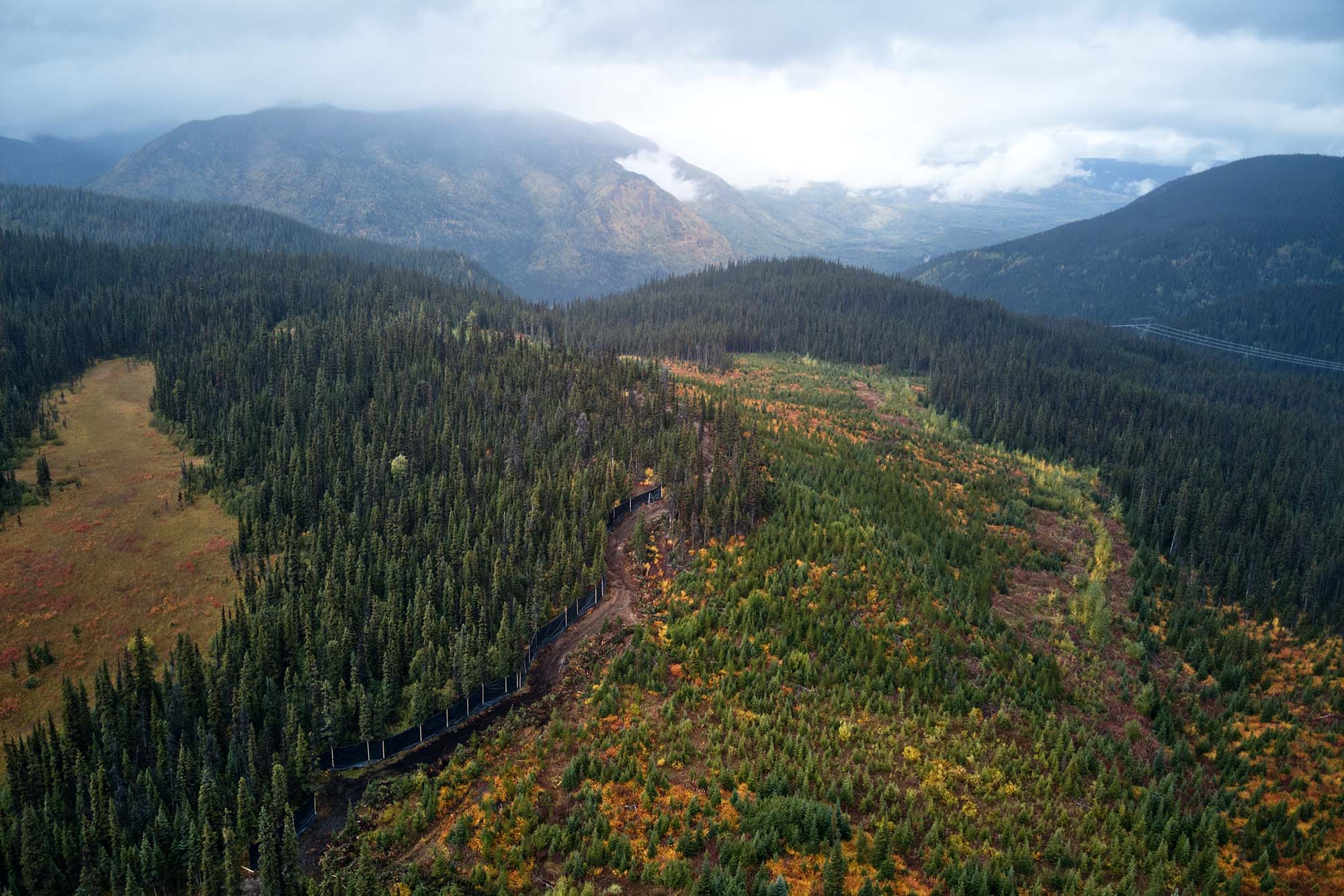
Then there's what you do about it. For me, a lot of that is rooted in advocacy and action. I feel very deeply moved when I sit on a ridgeline lookout over the landscape and think about the plants and animals in that place who don't have a voice. Me, I do. So being a voice for what those animals need, in whatever capacity you have. Things like when you volunteer with a local NGO and they ask for folks to write to their MLA, call their MP. That stuff adds up.
One of the ways that works is it can make it possible for NGOs, advocates and scientists to get in there and say, okay, you've been hearing from your constituents. We're coming in with some solutions, so you do not have to have the solutions. You do not have to be the person with all the answers in order to have a point of view and say what you're concerned about.
I talk a lot to people about leadership. You don't have to be the person at the front of the parade to be part of the parade. Volunteering, donating time, donating money. If you're thinking about writing wills, leave a gift in your will. Before I worked at a nonprofit I didn't know the importance of those kinds of things, and making those kinds of plans, and how it helps us do our work. Leaving a legacy like that is crucially important.
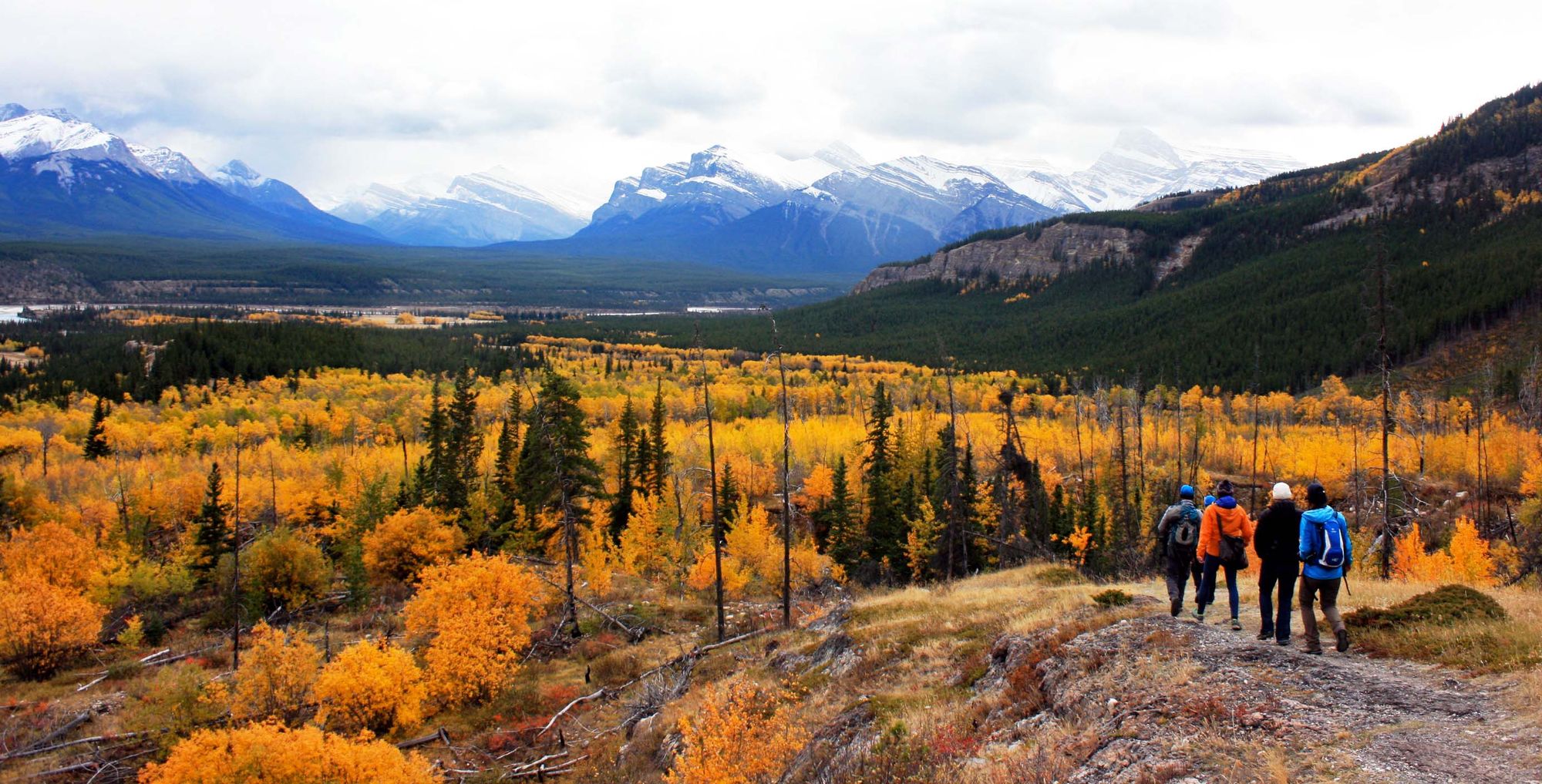
Dr. David Galbraith: My whole career has been propelled by these kinds of concerns. I was a huge fan of early TV ecologists like Jacques Cousteau and Marlin Perkins and others. There's no easy answer – but at the same time, the answer to the grief question is inside. It's always inside. You can look at the world and find every manner of horror, from the way we treat each other, to the way we treat the earth, the way we treat our children and their children to come.
Our challenge, I believe, is to find the positive without glossing over the negative, and to find the common ground. The EcoPark System program has worked for the last 15 years because we've worked on common causes rather than the differences between our organizations. And there's some big ones. But when we get together we're dealing with the question of how to maintain corridors, keep biodiversity going and help people value the area. There's always something local you can do.
I think for communicators, for people who are concerned with the survival of nature and life and everything else, we have a job to do that's incredibly important, which is to not push the grief without accompanying it with something everyone can do about it. If I tell you, oh my God, we're going to lose six species of reptiles in southern Ontario over the next 50 years – they're all endangered, it's awful, it's horrible. Well, what do you do with that fact? What you can do is educate yourself. You can look to support organizations that are doing direct conservation themselves if you're not able to. You can look at what's within your sphere to change. Okay, yes, there's terror, there's fear. What's your agency? What can you do?
If you have a property, treat your property so that the land is healed. Use pesticides sparingly, plant native species. One of the most important things you can do in an urban area to protect wildlife is to plant a native oak tree, because oak trees grow insects on them. Insects love them, and they eat them sustainably, and those insects are what the birds need when they're nesting. If you like birds, don't bother giving them bird seed, during nesting period anyway. They need the bugs for the protein.
Whether it's planting a tree, joining a naturalists club or reaching out and talking to people who may have similar experiences or concerns, try to stay positive. I know that sounds a little simplistic, but if all you focus on is what is wrong, there's nowhere to go except grief. To use Teddy Roosevelt's phrase, which I love: “Do what you can, where you are, with what you have.” That's enough. And that'll do it.
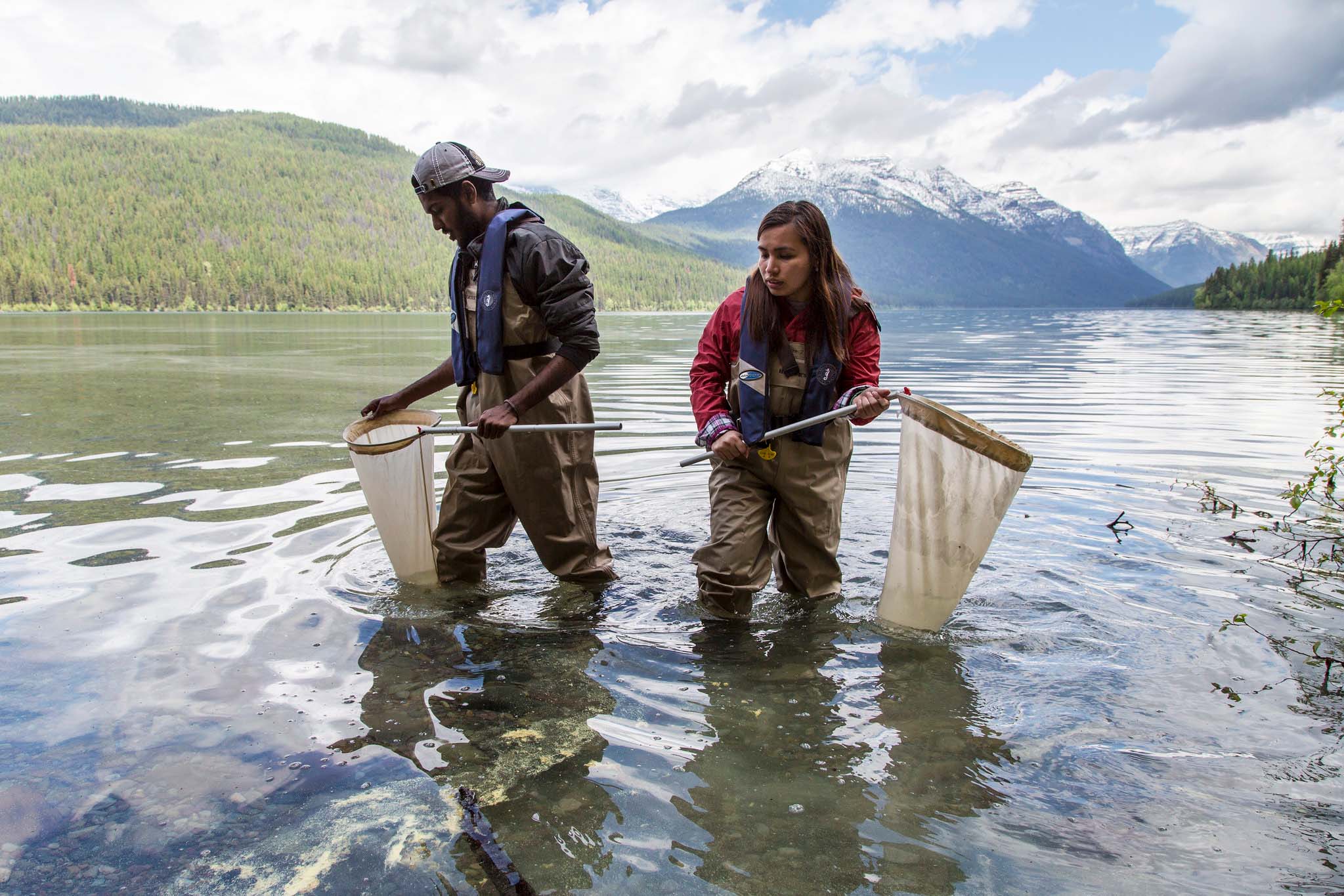
Main photo: The Hendrie Valley Sanctuary at the Royal Botanical Gardens in Hamilton, Ont. Photo courtesy Royal Botanical Gardens.


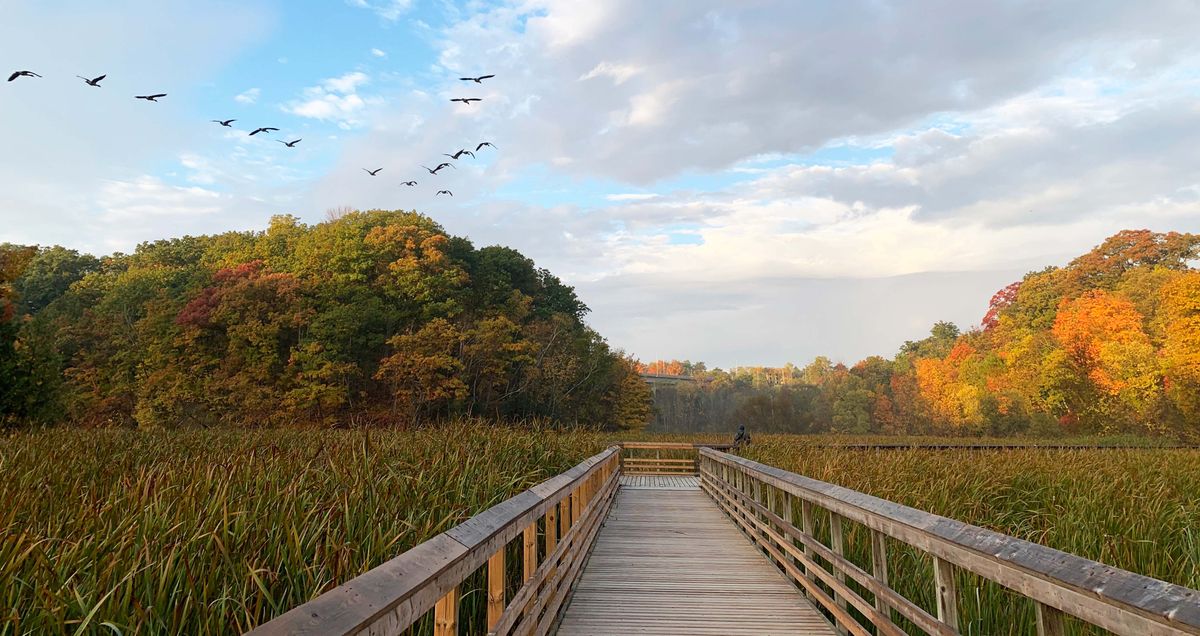




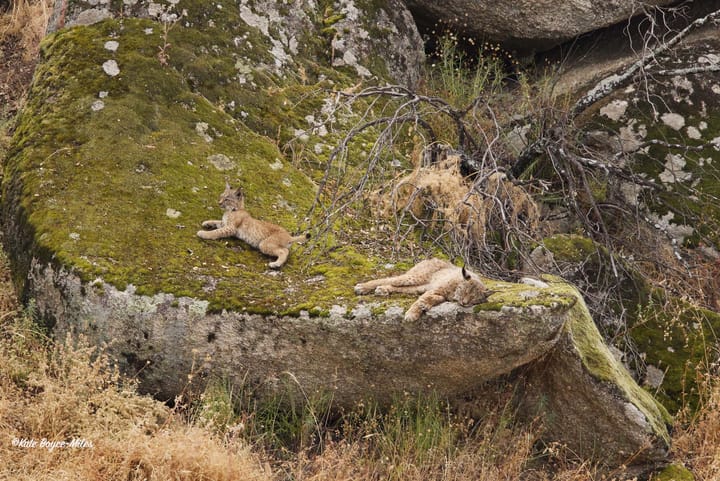
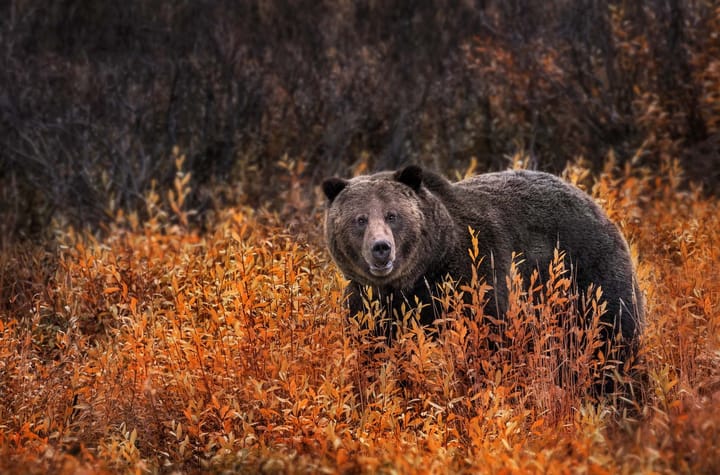
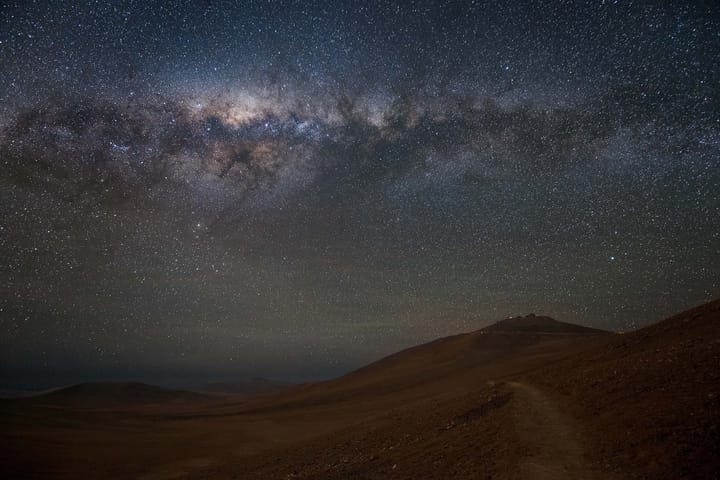

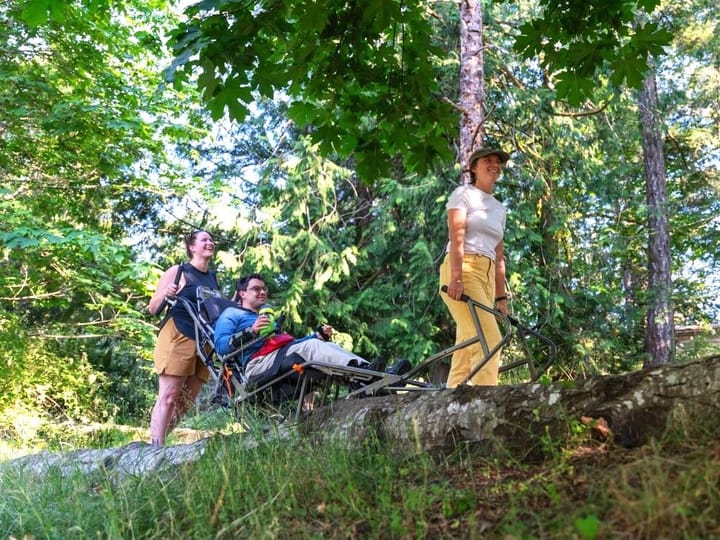

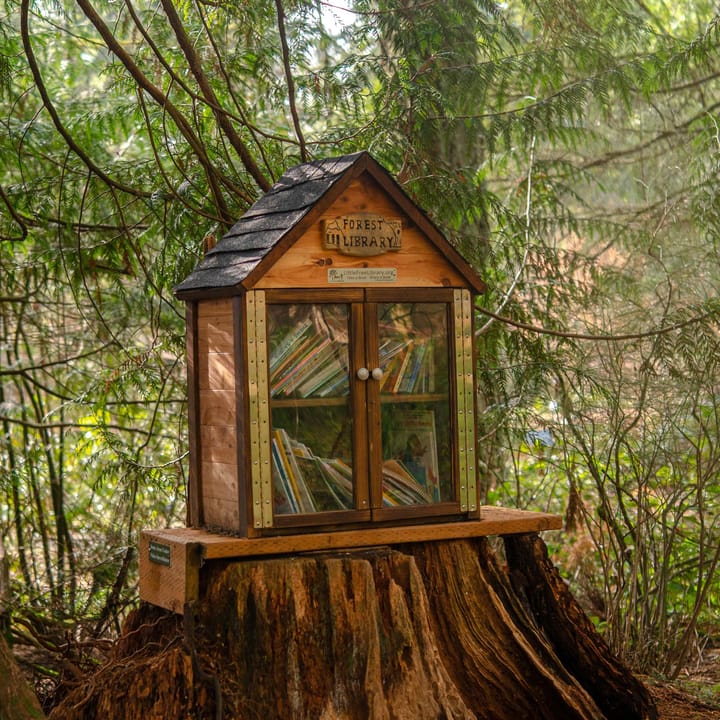
Comments ()